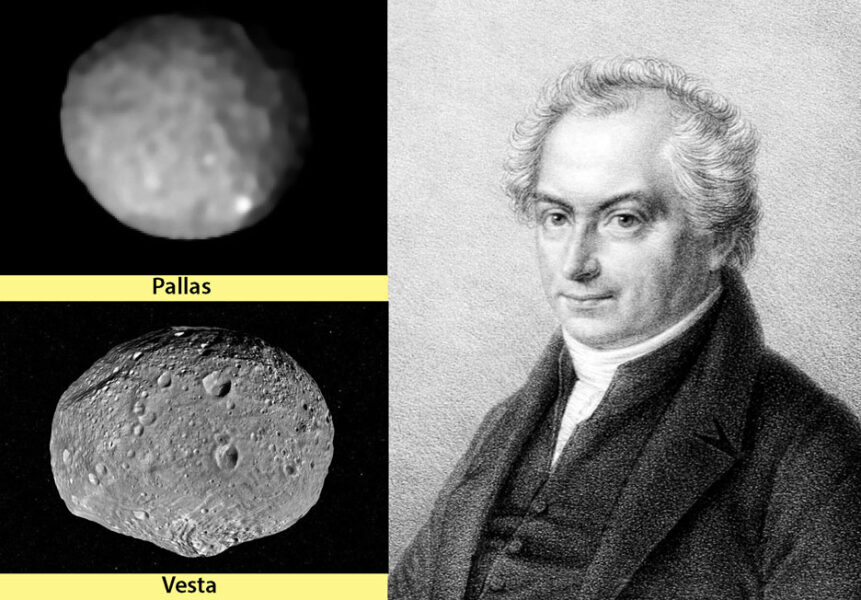Spice up your fall observing with a dash of Pallas and nibble of Neptune. Both planet and asteroid are easy to spot in a small telescope.
The post Pallas Makes a Point in Pisces appeared first on Sky & Telescope.
I've never been able to wrap my mind around the fact that the total mass of the main asteroid belt equals just 4% the mass of the Moon. That seems hardly enough to matter, and yet our fate rests on those scraps and shards. A single smack from a 10-kilometer-wide stray and humanity — along with thousands of other species — could face the possibility of extinction. Their small bulk paired with their outsize destructive potential is just one reason to observe asteroids.
Certainly, they appear innocent enough. Even at high magnification in amateur telescopes minor planets look like inconsequential pinpoints of light. But unlike stars, they move against the stellar backdrop as they orbit the Sun. This makes them fun to track, like watching a favorite runner in the race.
Irregularly shaped asteroids often show light variations that betray their rotation. Others have been linked to meteorites found on Earth, proving that siblings of these bodies continue to affect the planet in the most direct way imaginable — through routine impacts.
German astronomer Heinrich Olbers discovered 2 Pallas and 4 Vesta five years apart in 1802 and 1807, respectively.
Top: ESO / Vernazza et al.; Bottom: NASA / JPL-Caltech
German astronomer Heinrich Olbers, the same person who made us pause and ponder the finitude of the universe with his famous Paradox, discovered Pallas while following Ceres (the first asteroid discovered) in Virgo on March 28, 1802. As he acquainted himself with additional stars in that constellation to more easily track Ceres' motion that evening, he noticed a "new" 7th-magnitude star close to 20 Virginis. After more than two hours of observation he suspected motion. Luckily, the following night was clear. Olbers confirmed its movement and claimed discovery of the second asteroid.
Top: ESO / Vernazza et al.; Bottom: NASA / JPL-Caltech
German astronomer Heinrich Olbers, the same person who made us pause and ponder the finitude of the universe with his famous Paradox, discovered Pallas while following Ceres (the first asteroid discovered) in Virgo on March 28, 1802. As he acquainted himself with additional stars in that constellation to more easily track Ceres' motion that evening, he noticed a "new" 7th-magnitude star close to 20 Virginis. After more than two hours of observation he suspected motion. Luckily, the following night was clear. Olbers confirmed its movement and claimed discovery of the second asteroid.









No comments:
Post a Comment
Thanks for your valuable comments and keeping touch sharing our posts from my PHOTO COLLECTION.